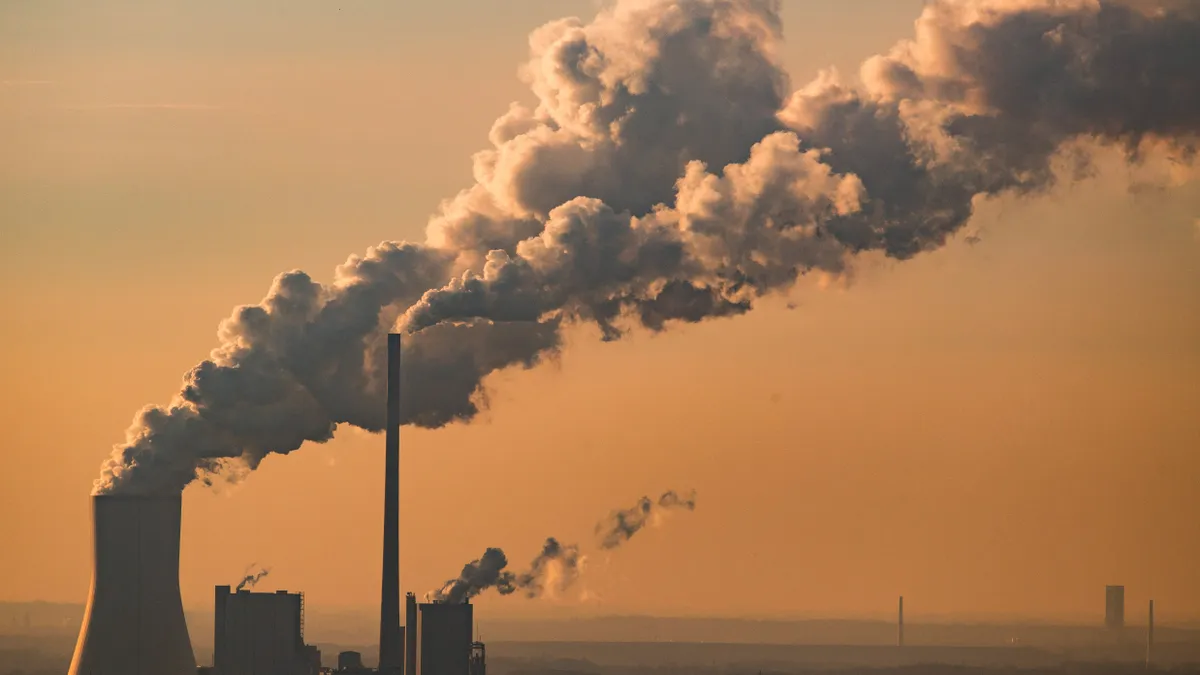Dive Brief:
- Carbon removal project developers Return Carbon and Verified Carbon are collaborating on a direct air capture facility that will run entirely on wind power, a feat the pair called a first for the sector on Thursday.
- The “Project Concho” hub will be built in Tom Green County, Texas, and utilize both DAC technology and geological carbon storage processes to trap and permanently remove carbon dioxide from the atmosphere, per a Nov. 21 release.
- The DAC facility aims to remove 50,000 tons of carbon annually before 2030, a target the companies plan to later expand to 500,000 tons per year. This carbon removal, according to Return and Verified, will create verified carbon credits — which can then be sold on voluntary carbon markets.
Dive Insight:
The DAC facility will be powered by a new wind farm that will be built and operated by renewable energy producer Greenalia. The companies said the DAC technology being used at Project Concho will be supplied by Skytree, a company focused on carbon capture solutions.
The facility’s reliance on wind power is a low-cost alternative to carbon capture; most large-scale DAC projects come with a hefty price tag because of the energy-intensive process. Return and Verified said Project Concho’s collaboration with Greenalia and Skytree yields a power purchase agreement that allows for both price stability and energy procurement.
Direct air capture can provide the “highest quality” of carbon dioxide removals when it comes to scalability, verifiability and permanence, according to a 2023 report from the World Economic Forum. However, WEF noted that for DAC technology to be widely adopted, its cost will need to fall from $600-$1,000 per ton of carbon dioxide today to under $200 per ton or even $100 per ton by 2050 or earlier.
“The flexibility offered by the DAC hub to optimize around energy price peaks is a game changer for renewable energy projects,” Greenalia’s Senior Vice President of Business Development Alexandre Alonso said in the release. “It not only strengthens the business case for our wind farm under development in Texas but also contributes to adding innovative business models and alternatives for a greener energy landscape in the U.S.”
Return Carbon’s Managing Director Martijn Verwoerd called the project a “significant step forward in scaling up DAC,” adding the “scalable commercialization of new technologies in impactful infrastructure projects” is an integral component of climate mitigation.
















